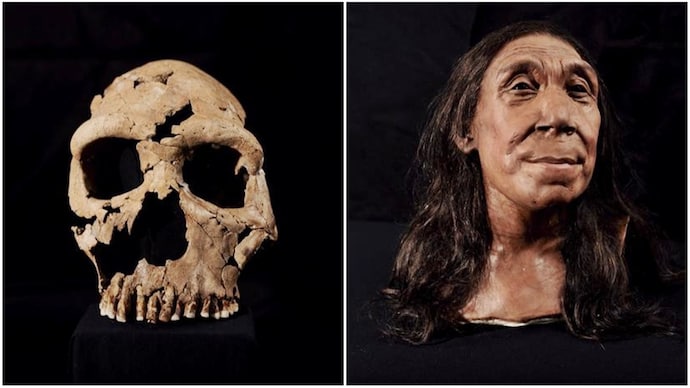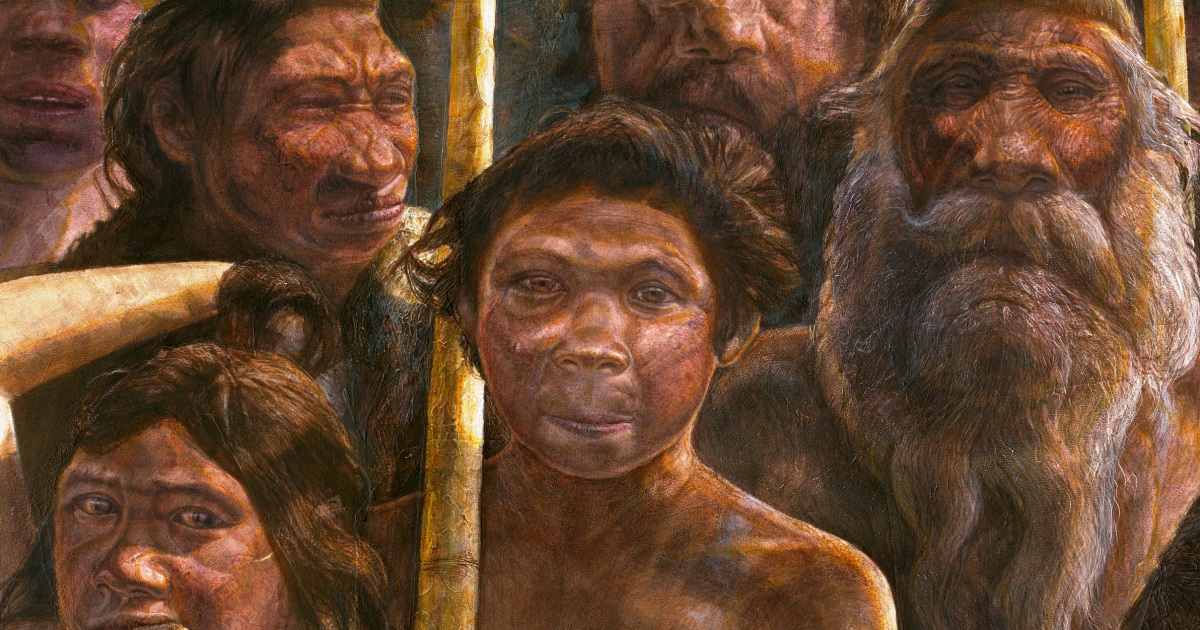In one of the most jaw-dropping scientific revelations of the century, researchers have unlocked the secrets hidden inside 40,000-year-old Neanderthal DNA — and what they found has sent shockwaves through the world of science.
The results are nothing short of astonishing: Neanderthals never truly disappeared. They live on — inside us.
“It’s the biggest rewrite of human history in a hundred years,” said one evolutionary geneticist. “The Neanderthals didn’t vanish. They became part of us.”
🧠 The Myth of the “Brutish Caveman” — Destroyed
For generations, we were taught that Neanderthals were primitive, slow, and doomed, wiped out by the superior intelligence of modern humans. But new DNA evidence tells a radically different story.
Far from being extinct, Neanderthals merged with our ancestors, their genes flowing into the human bloodstream. The so-called “cavemen” were artists, engineers, and caretakers, leaving behind flutes carved from bone, painted caves, and burial sites filled with flowers.
“They weren’t monsters,” one anthropologist explained. “They were people — complex, emotional, and intelligent.”
 🌍 The Hidden Legacy Within Us All
🌍 The Hidden Legacy Within Us All
When scientists decoded the ancient genomes, they found a staggering truth: every person of non-African descent today carries between 1% and 2% Neanderthal DNA.
That means their blood, their instincts, their resilience — all live on in billions of us.
Their genetic fingerprints influence our immune systems, our hair and skin, even how we respond to disease and altitude.
“Every time you look in the mirror,” said one researcher, “you’re looking at the echoes of a Neanderthal ancestor.”
 🔬 The Web of Lost Civilizations
🔬 The Web of Lost Civilizations
Recent excavations in Spain and Siberia revealed something even more astonishing — evidence that Neanderthals interbred not only with modern humans but also with another ancient species: the Denisovans.
DNA from a cave in northern Spain contained Denisovan maternal genes, suggesting that human prehistory wasn’t a straight evolutionary line — but a complex web of crossings, migrations, and unions that stretched across continents.
Our family tree wasn’t a simple trunk. It was a vast, tangled forest.
 🧩 The Fall — And the Transformation
🧩 The Fall — And the Transformation
As ice sheets expanded and climates changed, isolated Neanderthal communities dwindled. But instead of dying out, they were absorbed into the expanding Homo sapiens population, ensuring their genes would endure forever.
Those Neanderthal genes gave us traits for cold resistance, wound healing, and survival — traits that may have made the difference between extinction and dominance.
“We didn’t conquer them,” said one scientist. “We became them.”
💫 A New Definition of Humanity
This discovery obliterates the boundaries that once divided “us” and “them.” The Neanderthals were not outsiders — they were our family, our ancestors, our silent partners in the story of humankind.
Their voices may be gone, but their presence remains — woven into every heartbeat, every breath, every cell.
The truth is clear:
The Neanderthals didn’t vanish.
They endure — in our faces, our genes, and our very essence.
We are not just Homo sapiens.
We are the heirs of Neanderthals.






